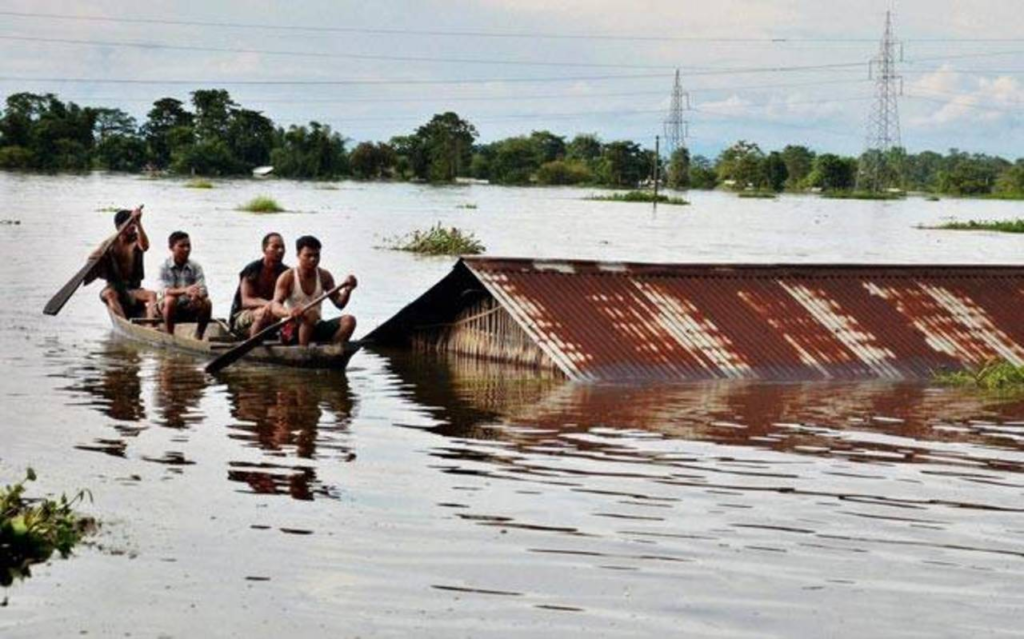Relief Efforts in Assam and Arunachal Pradesh Amid Severe Floods
Floods and landslides triggered by heavy rains have wreaked havoc in India’s northeastern states of Assam and Arunachal Pradesh. Over the last two weeks, at least 16 people have lost their lives, and more than 300,000 individuals have been displaced from their submerged homes. In this essay, we delve into the relief efforts, challenges faced, and the impact on communities.

Assam: A State in Crisis
Assam, one of the worst-hit states, has witnessed significant displacement. The Brahmaputra River, which flows across Assam before entering Bangladesh, overflows annually. However, this year’s increased rainfall has intensified its already powerful and unpredictable flow, posing greater danger to the more than 2,000 island villages situated in its middle. The Indian army and air force have been actively involved in rescue operations, evacuating stranded individuals, including 13 fishermen rescued from a small island on the Brahmaputra.
Arunachal Pradesh: Landslides and Challenges
In neighboring Arunachal Pradesh, landslides have wiped out several roads. Army troopers rescued 70 students and teachers from a flooded school in Changlang district. The state, which shares a border with China, faces immense challenges due to the destruction of critical infrastructure. Similarly, heavy flooding has affected the states of Sikkim, Manipur, and Meghalaya, sweeping away roads and collapsing bridges.
Northeast India’s Vulnerability
The monsoon season in India’s northeast region brings with it the recurring threat of floods and landslides. More than 80 people across six northeastern states have lost their lives since the end of May due to these natural disasters. Assam, in particular, is considered one of the world’s most vulnerable regions to climate change, experiencing intense rain and floods. The famed Kaziranga National Park, home to approximately 2,500 one-horned rhinos, has also been affected, with animals seeking higher ground to escape the rising waters.
As relief agencies continue their efforts, it is crucial to recognize the resilience of communities facing these calamities. The combined efforts of the military, local administration, and volunteers play a pivotal role in mitigating the impact of floods and landslides. However, long-term solutions are needed to address climate change and minimize the devastating effects on vulnerable regions like Assam and Arunachal Pradesh.




















